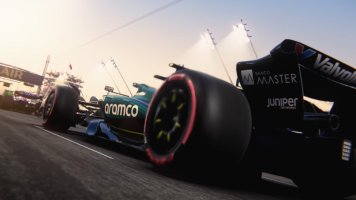RCHeliguy
Premium
Waiting for the "Take my F'ing money" comments from the latest MRTV video at Pimax Headquarters.
So he is trying out a new prototype lens that they've apparently just created and they've improved the local dimming since his test just a few days ago?
I'm glad they are continuing to improve it, and I hope they do get everything sorted before they ship it.
I guess this only looks like a train wreck to me because of the rapid fire nature of this. "This is broke", "We just fixed it", "this is broke", "We just fixed it". Why are they sending these things out in their current form if they are still rapidly iterating on them?
They aren't done yet! But I guess they like the click bait aspect of this and if they just keep changing things and sending things out so they stay in the headlines?
Maybe some people like that. I don't know. But all I keep thinking, is can you just wait until you finish the product before sending out any more headsets with known issues to be reviewed?
I can't imagine a company worth their salt would use reviewers as alpha testers, but it seems like they are doing just that.
So he is trying out a new prototype lens that they've apparently just created and they've improved the local dimming since his test just a few days ago?
I'm glad they are continuing to improve it, and I hope they do get everything sorted before they ship it.
I guess this only looks like a train wreck to me because of the rapid fire nature of this. "This is broke", "We just fixed it", "this is broke", "We just fixed it". Why are they sending these things out in their current form if they are still rapidly iterating on them?
They aren't done yet! But I guess they like the click bait aspect of this and if they just keep changing things and sending things out so they stay in the headlines?
Maybe some people like that. I don't know. But all I keep thinking, is can you just wait until you finish the product before sending out any more headsets with known issues to be reviewed?
I can't imagine a company worth their salt would use reviewers as alpha testers, but it seems like they are doing just that.
Last edited:












